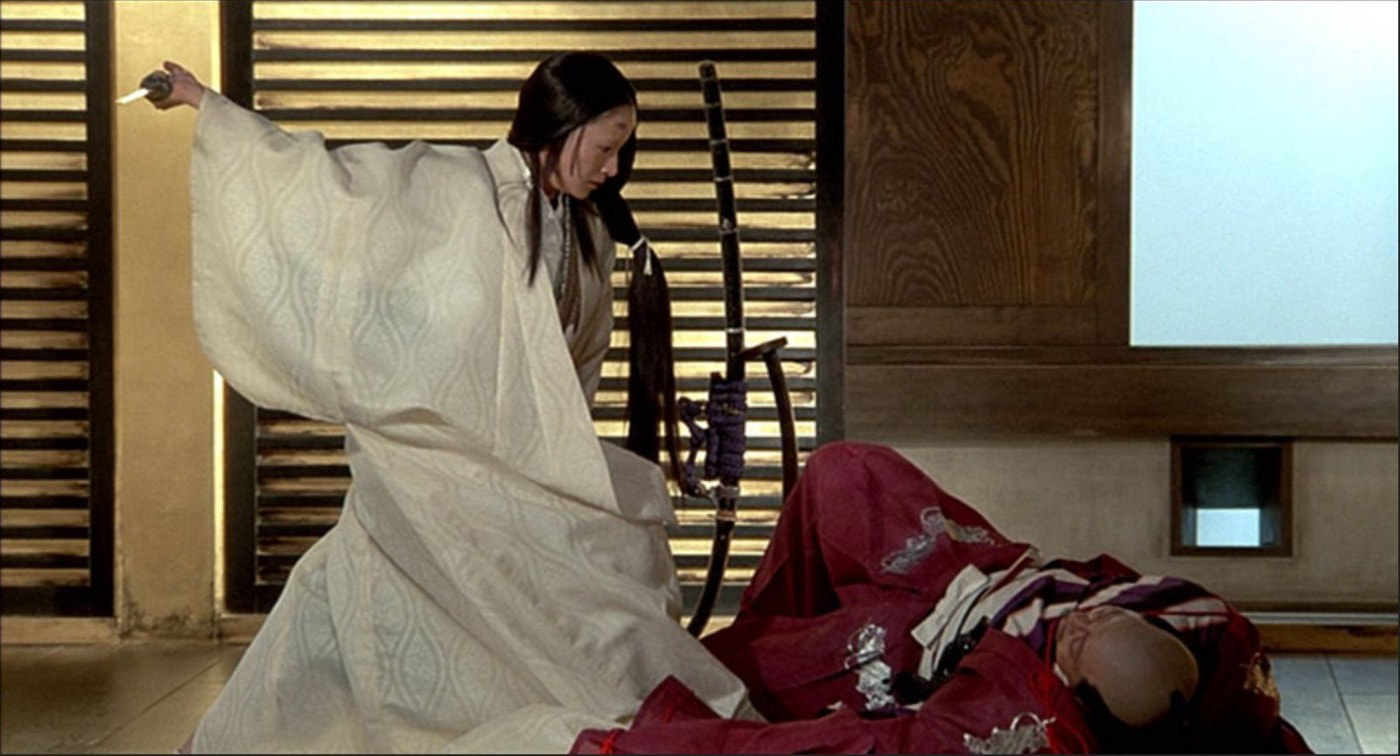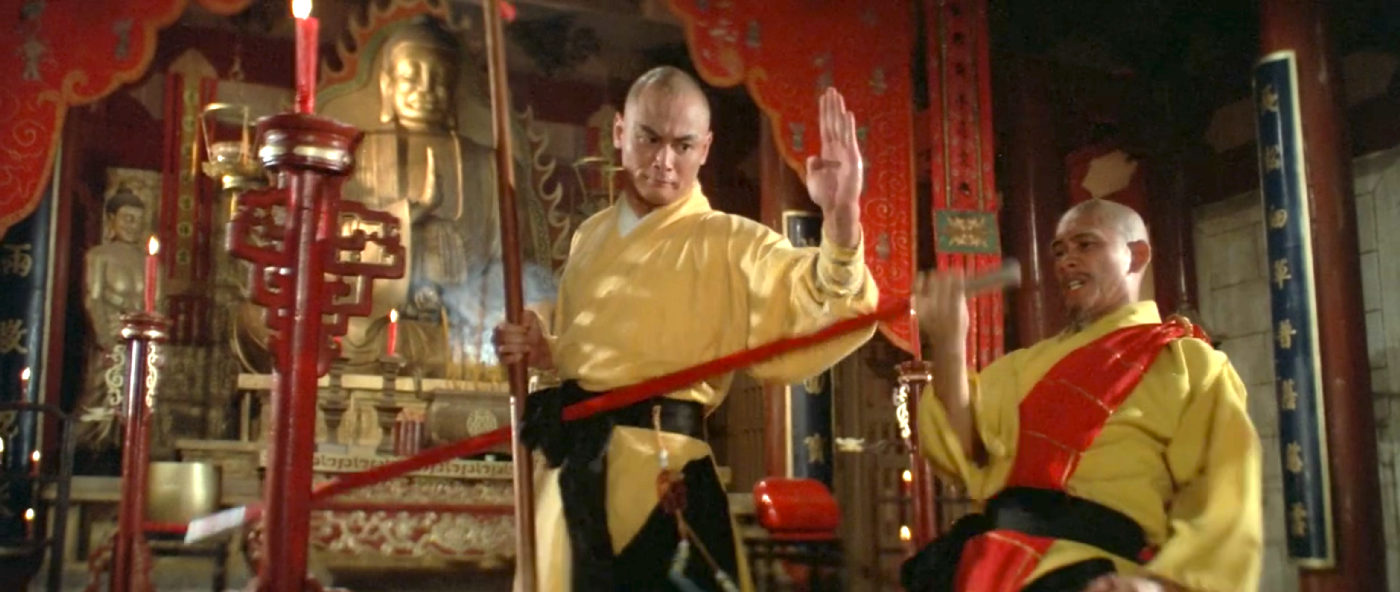
A Streetcar Named Desire was the result of a confluence of great talent. Elia Kazan directed it for Warner Brothers in 1951. The screenplay was written by Tennessee Williams who had also written the original play. The scene, sometimes affectionately referred to as the Napoleonic Code Scene, stared Kim Hunter, and Marlon Brando.
The scene serves partially as an exposition to further familiarize the audience with Blanche and her back story. She is not present, she’s in the tub, but her suitcase is a stand-in for her. It is full of illusory elegance and affectation. Her sister, Stella, defends Blanche’s carefully folded things while the sweaty, brutish Stanley tries to roughly. rifle through them. It creates not only emotional tension but seems to almost foreshadow physical assault
The heart of the scene is a two-minute single shot where the camera keeps a medium distance and only pivots slightly to keep the characters in the frame. The scene, like the entire film, retains some of the qualities of the stage play that was its origin. There is however a very important difference. The acting style has been drastically altered by the addition of microphones. Cinema had not quite caught up to the potential of its own technology and it took actors like Marlon Brando to illustrate how to fully exploit the new medium.
Brando plays half the scene with his mouth full of food. At one point he shoves a whole chicken wing in his mouth. He mispronounces words, he mumbles, he slurs his sentences, none of which would be possible on a stage in a theater. In the film, there is undoubtedly a boom mic hanging over his head, and it can pick up every bit of Brando’s utterances. Every nuance, every snort, every subtle shift of timbre is clearly captured. Brando knows this and he uses it to great advantage. His character, Stanley, comes to life with a force and a presence not seen on screen before.
This new power heightens our sense of social class. Stanley is Polish, an “ethnic,” working-class immigrant. He’s an uncultured, uneducated, bruiser who knows he has caught himself a good thing in Stella. He doesn’t want Blanche, the pretentious interloper, to turn Stella against him.
The beauty of Tennessee Williams’ writing is the profound depth of the characters he creates. These are fully rendered, multidimensional people with complex and conflicting motivations. Stanley thinks he cares about the money Blanche may have squandered and focuses on it. He doesn’t fully recognize his fear of losing Stella and so focuses on the concrete immediacy of finances.
Stanley tries to exert his dominance. He lectures Stella, “Now we got here in the state of Louisiana what’s known as the Napoleonic code. See now according to which that which belongs to the wife belongs to the husband also and visa versa.” In his effort to take control he ends up parodying himself. He wrenches the clothing and costume jewelry from the suitcase acting as if he is a trained detective. He reproaches Stella, “Would you look at these fine feathers and furs that she comes to bring herself in here. What is this article? That’s a solid gold dress I believe.”

However, as much as Stanley may seem foolish underneath his bravado he intuits the threat that Blanche poses to his marriage. What he doesn’t see is the role his own impatience and intolerance are playing in fulfilling this prophecy. Blanche is drowning in her own self-made tragedy, the question is who will she drag down with her. Stanley is dead set on keeping himself, and his wife at arm’s length from Blanche’s flailing. Stella is stuck between the two unable to influence either of them.
As Stanley rummages through Blanche’s case he keeps announcing that he has a friend who can properly appraise her clothing or a friend who can apprise her jewelry. He’s putting on airs just a much as Blanche is. Blanche sees herself as the tragic, Southern Belle who’s delicacy and grace goes unappreciated by the world. Stanley believes himself to be a straight-talking, plain and simple man, but a man that has important and connected friends. A blue-collar coterie of street smart men who can’t be taken advantage of.
The characters are playing out roles, just as the actors are playing out roles. In fact, Blanche in many ways represents the old method of acting where lines are carefully enunciated with theatrical flair. Stanley on the other hand is at the vanguard of a new wave of naturalism.
A Streetcar Named Desire has many memorable scenes, but the sparing use of editing, the clever device of Blanche’s trunk as a stand-in her for her character, along with Brando’s performance, and Stella’s desperate attempt at managing it all, spins a profoundly compelling web that holds you fast.

If you enjoyed this article click here for more
www.filmofileshideout.com/archives/lifeboat-is-not-like-other-hitchcock-films


